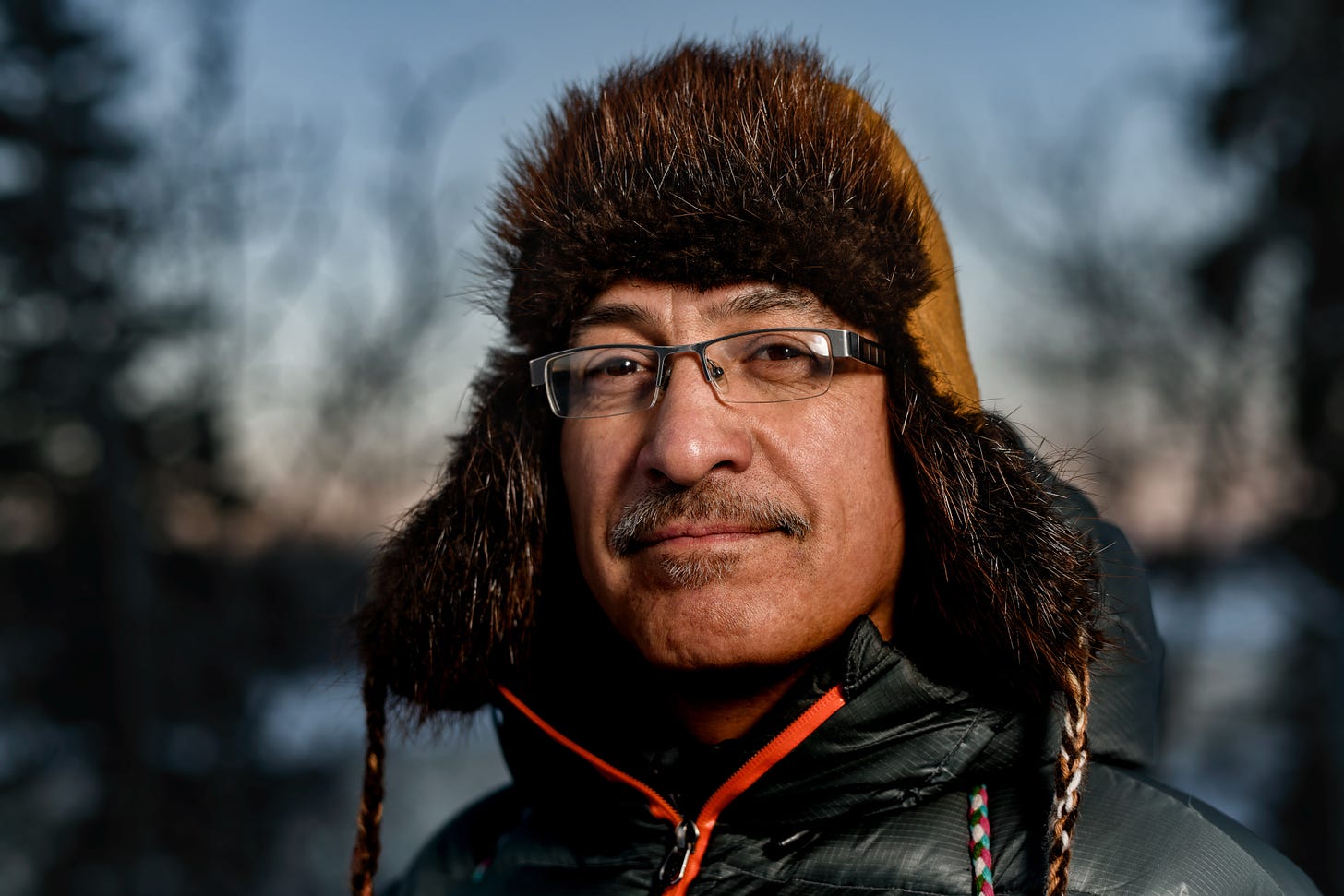What Does Reconciliation Look Like For Indigenous Canadians?
Plus, the understated importance of the TV theme song.
When I was in the Yukon last month, I attending a one-on-one jewelry-making workshop with Wild Yukon Furs. To co-founders white Canadian Vanessa Aegisdottir and her Indigenous husband George Bahm, something as simple as a necklace with a small tuft of fur can be an important catalyst for difficult conversations, not to mention provide valuable income to Indigenous trappers, whose practice is at risk.
I interviewed the couple on the origins of their brand and how they conduct their business when out on the trapping line. And while some of our conversation touched on heated topics (say, their use of real animal fur), I shied away from asking the real uncomfortable questions. So I hopped on a call with Vanessa recently to ask her the difficult questions I had avoided in person (which she said she loved because they lead to the “good answers”). The result? An incredibly enlightening conversation, one that I think Canadians need to (and want to) have more often.



